
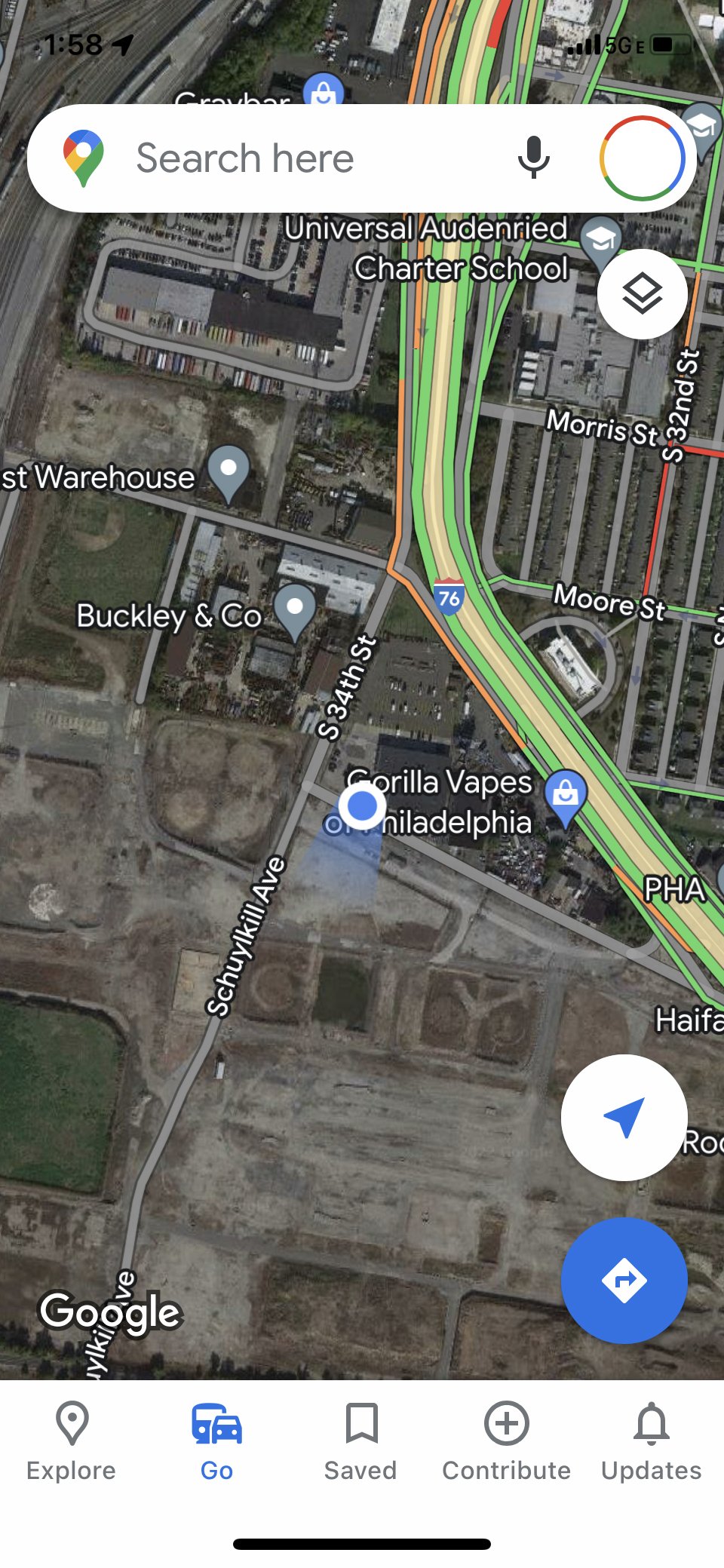
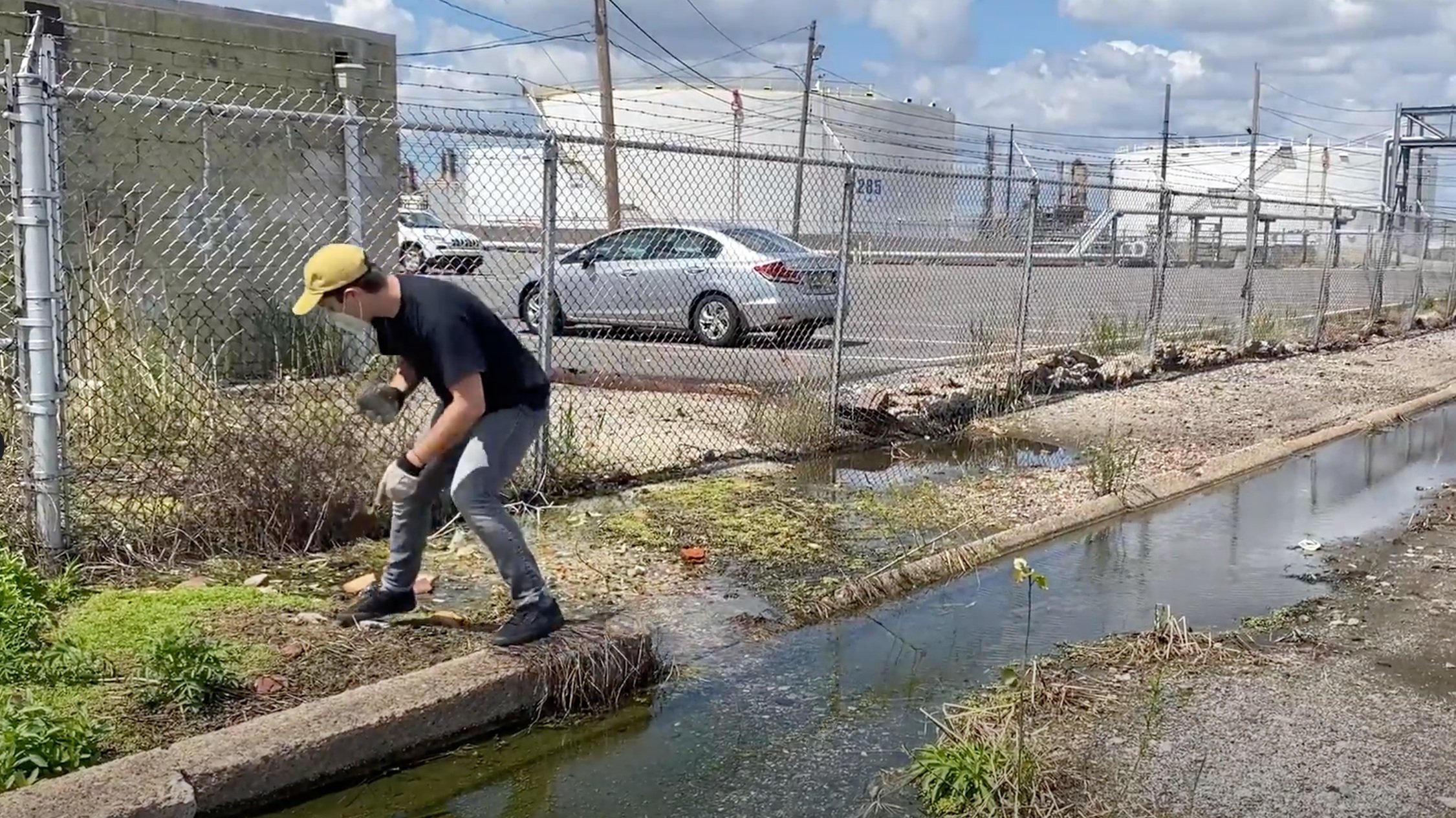
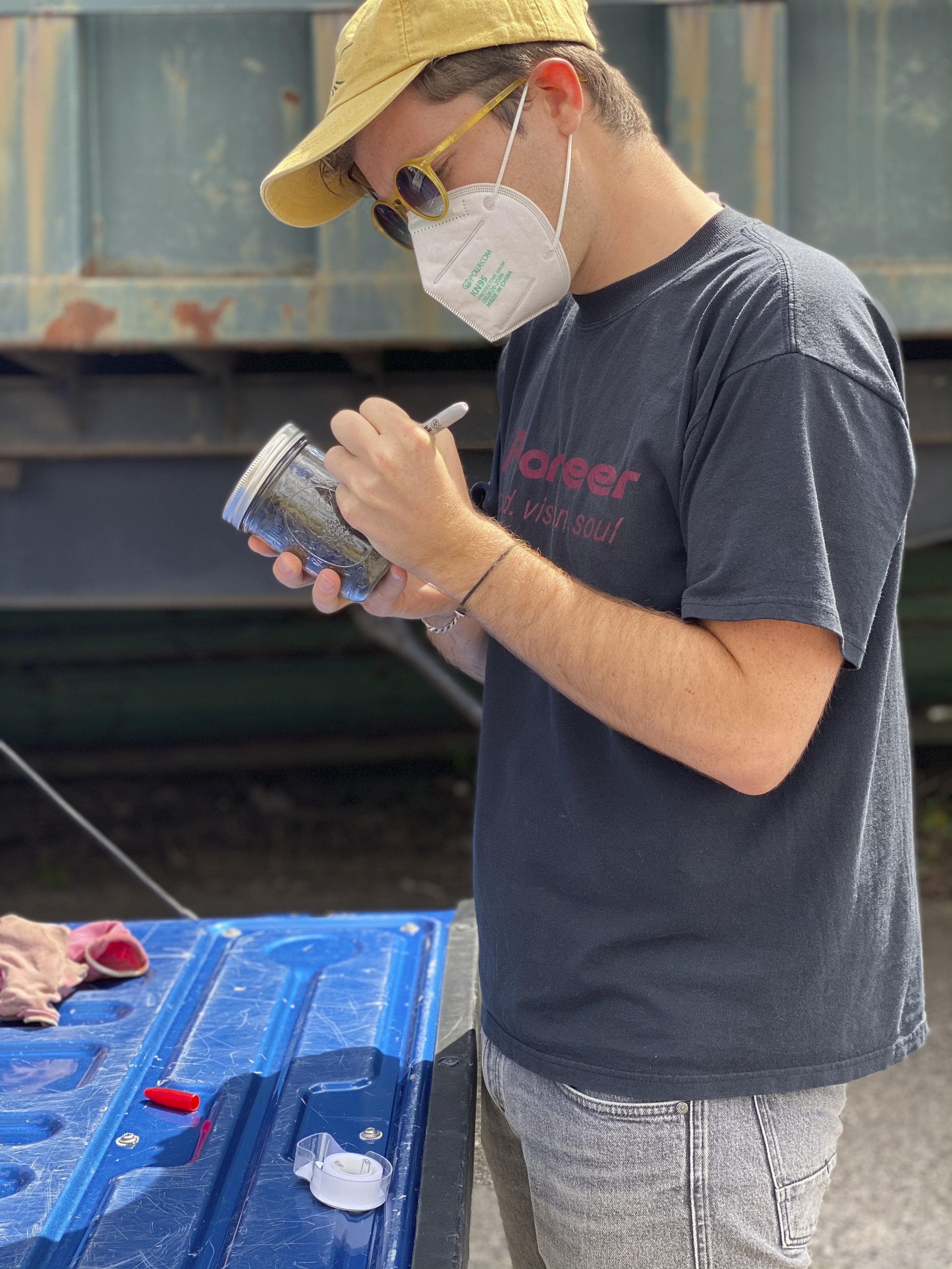
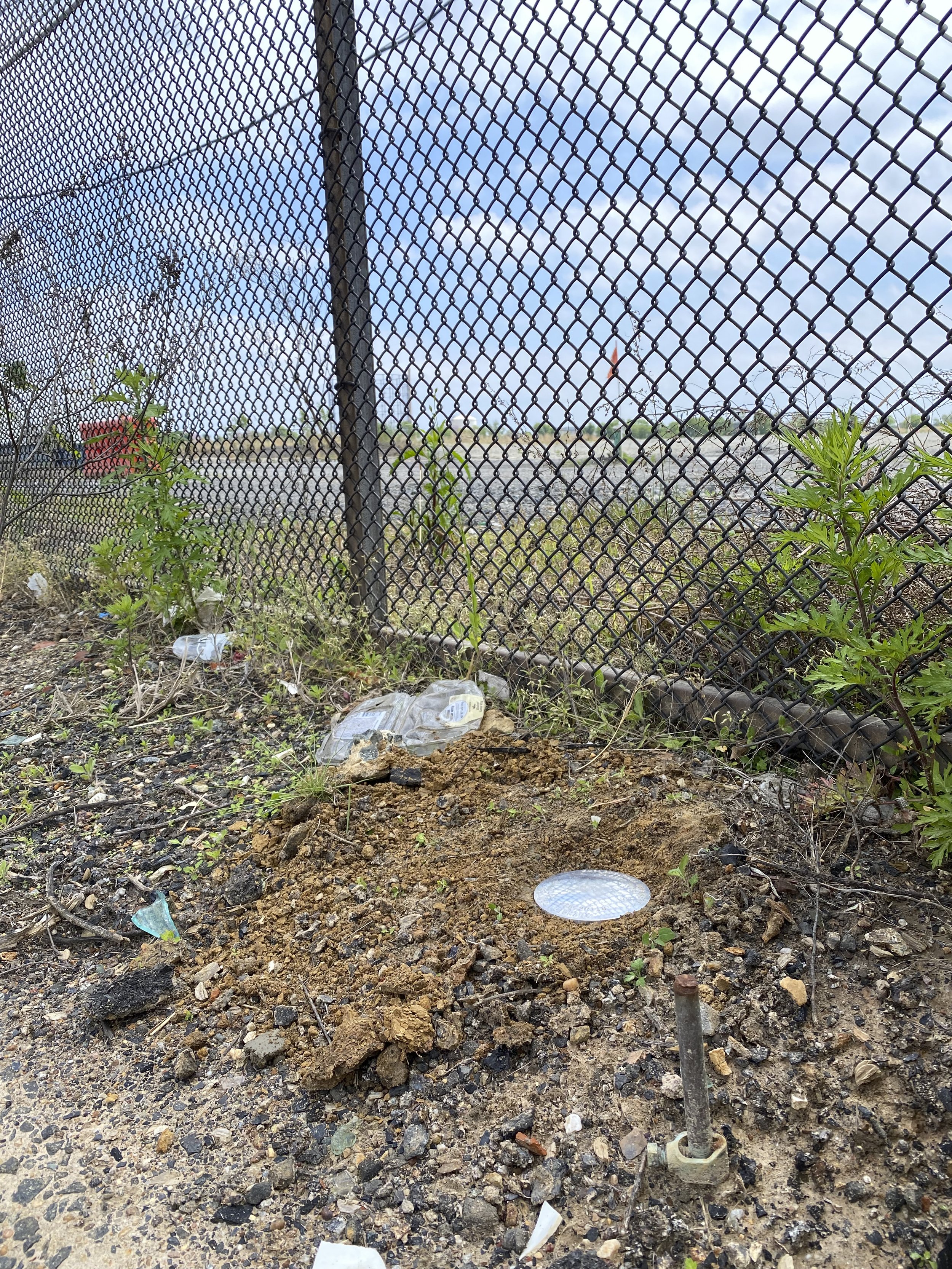


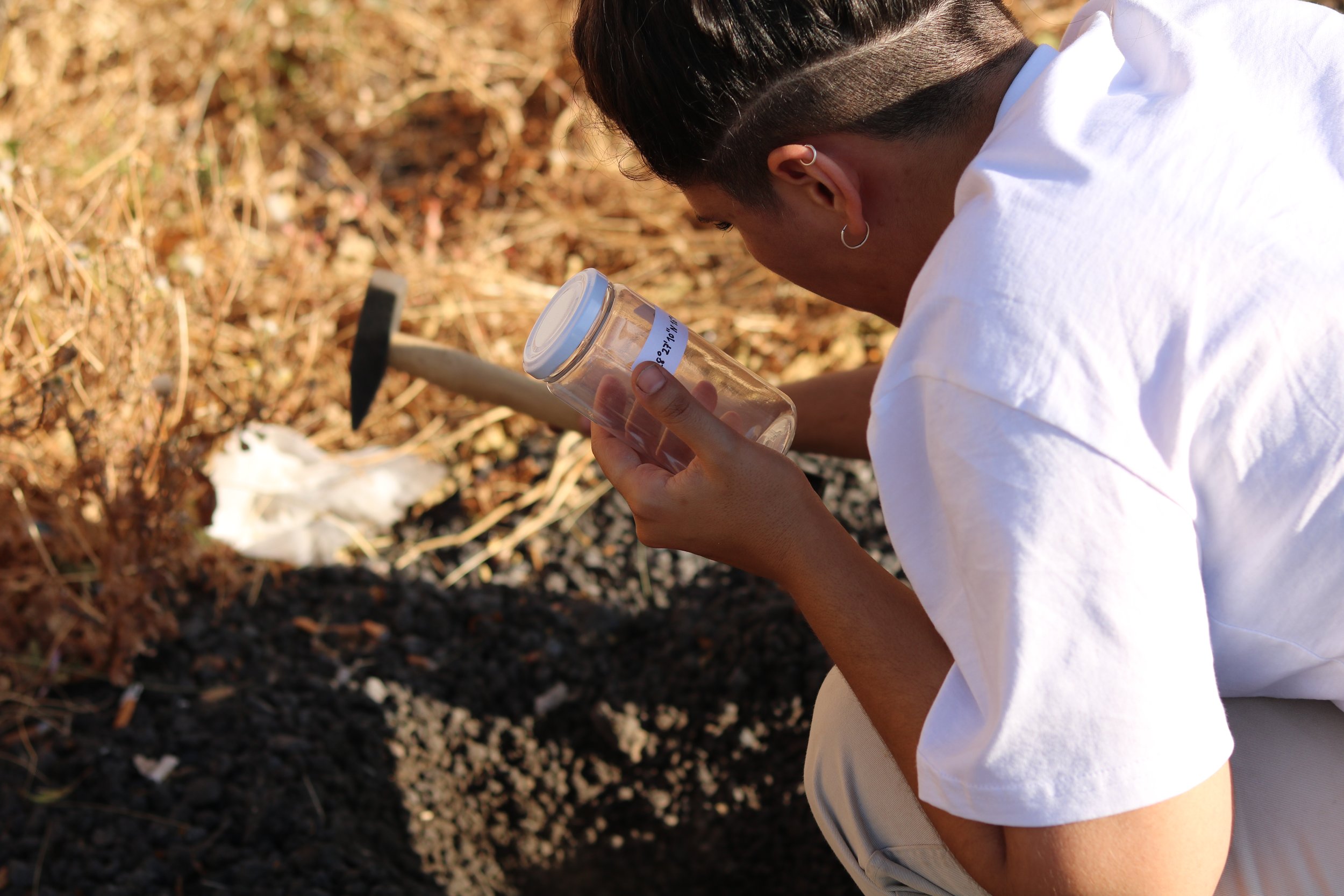
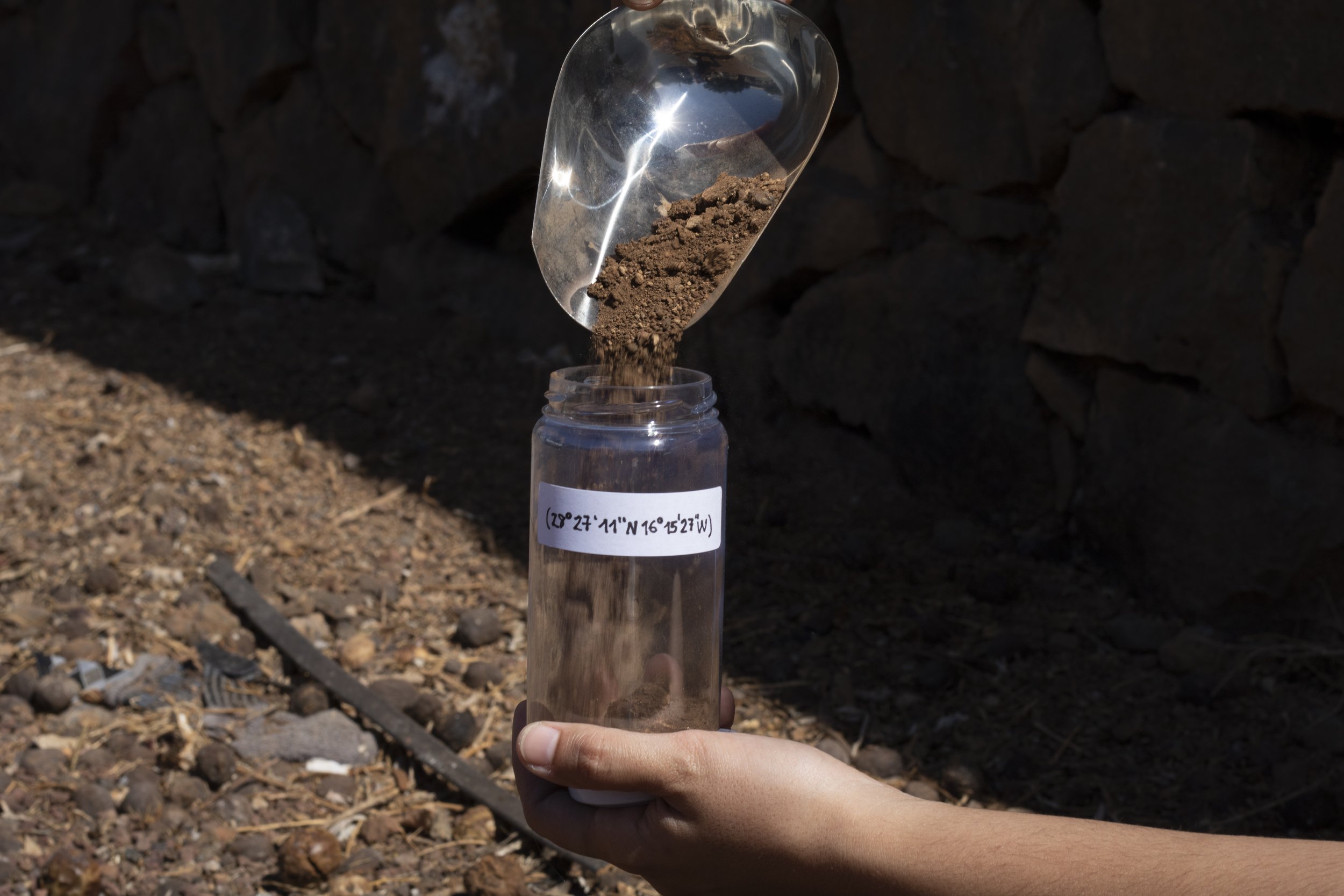

Technosol Library
Technosol Library holds human-altered soils called Technosols.
“Technosols comprise a new reference soil group (RSG) and combine soils whose properties and pedogenesis are dominated by their technical origin. They contain a significant amount of artefacts (something in the soil recognizably made or extracted from the earth by humans), or are sealed by technic hard rock (material created by humans, having properties unlike natural rock). They include soils from wastes (landfills, sludge, cinders, mine spoils and ashes), pavements with their underlying unconsolidated materials, soils with geomembranes and constructed soils in human-made materials. Technosols are often referred to as urban or mine soils. They are recognized in the new Russian soil classification system as Technogenic Superficial Formations.” – World Reference Base for Soil Resources, IUSS Working Group WRB, 2006
There are two volumes in the catalog:
Vol. I: Philadelphia Energy Solutions (PES) Refinery, Pennsylvania, USA (2022)
Vol. II: Refinería de Santa Cruz de Tenerife, Canary Islands (2022)
Each volume is comprised of soil from one site, split across two locations:
1. As a sample taken from that site, which is housed in the library.
2. Soil remaining in situ, with the sample site marked and the perimeter designated by the contributor.
The sampling location is marked with an aluminum survey marker, survey nail, plaque, perimeter boundary, cement cap or other appropriate marker.
As technosols are more likely to be contaminated than other soils, guidelines for safe handling, shipping, and long-term storage of the soil volumes continue to be developed. A permanent library location has yet to be found.
The stored soil samples may outgas, be damaged by heat sterilization required for importation, or otherwise degrade over time.
Soil remaining in situ continues to undergo pedogenesis (soil change), with influences including land use transformation (additions and losses), human and non-human activity, biogeochemical processes, and changes in climate.